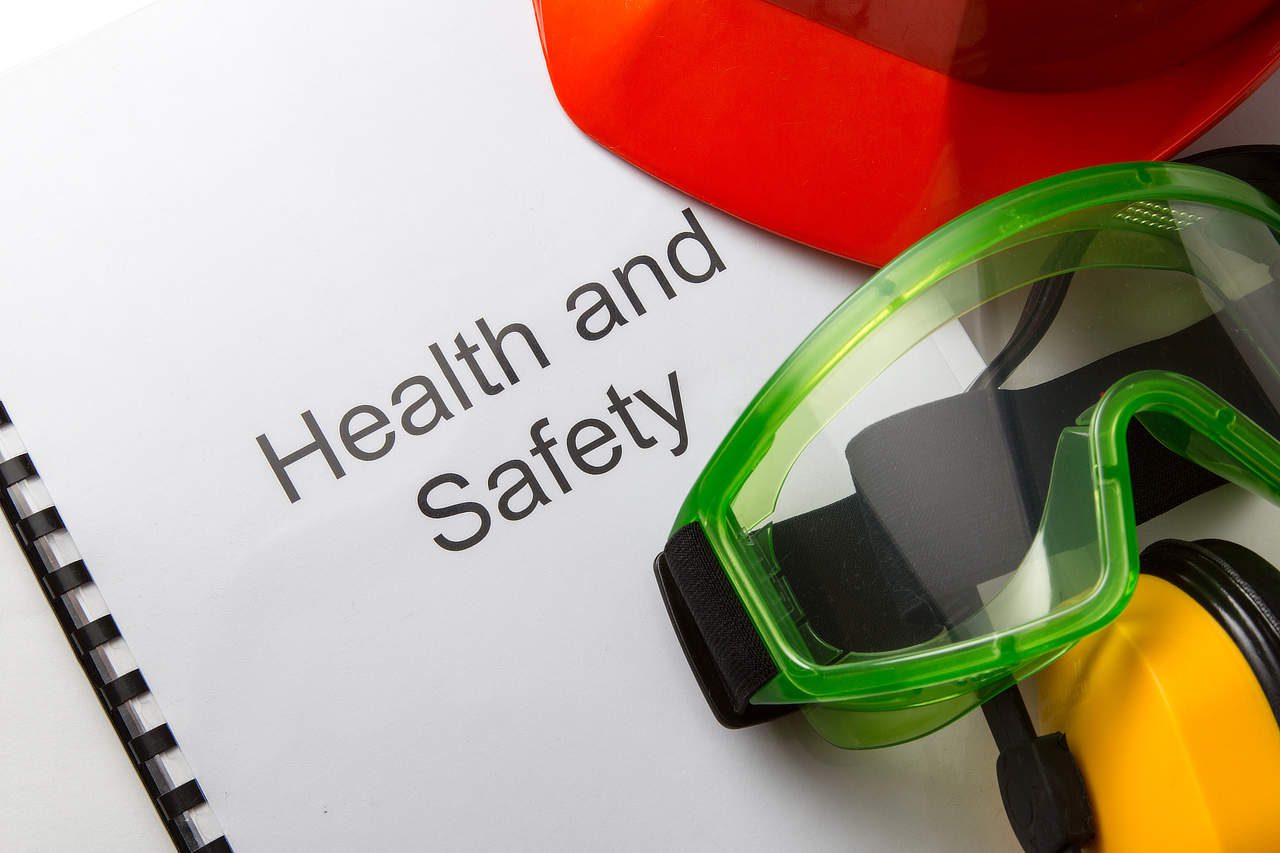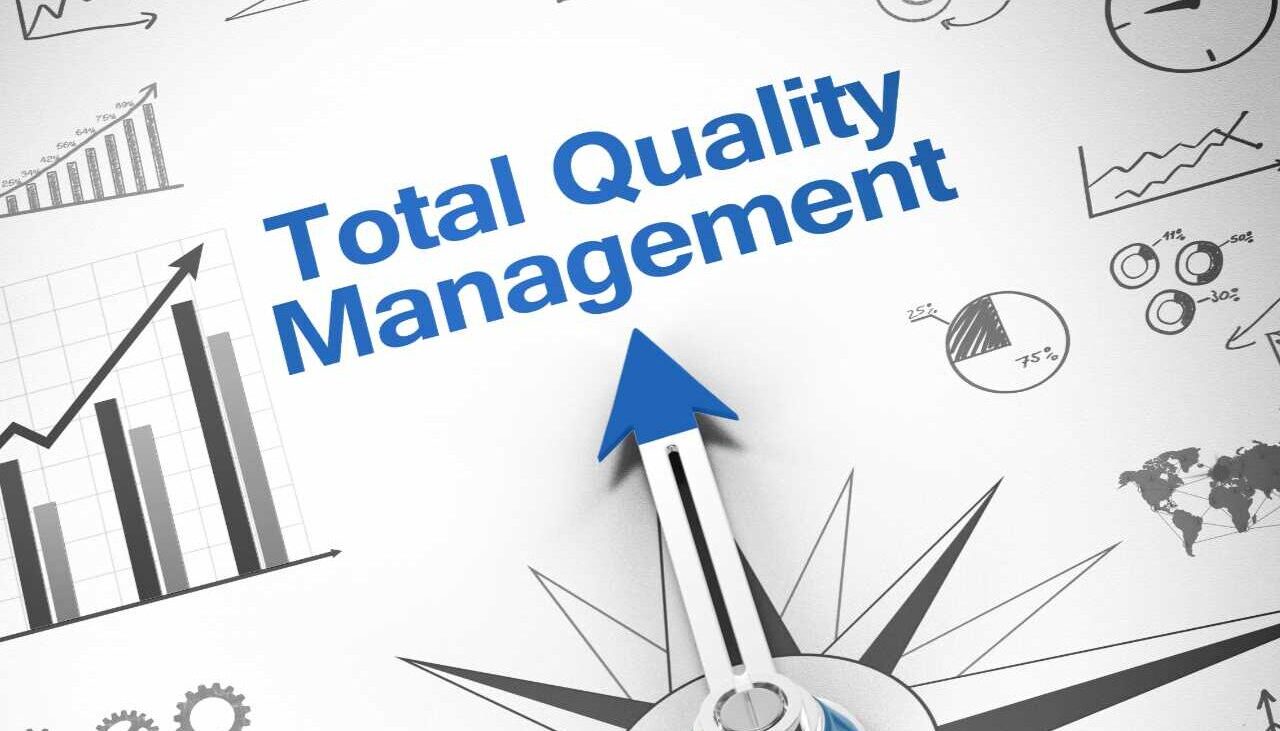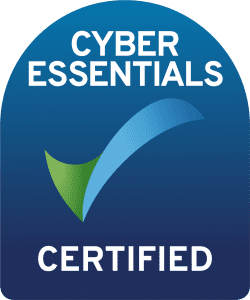A health and safety workplace culture reflects the shared values, beliefs and behaviours that contribute to the health and safety of employees in the workplace. It is important for any organisation as it helps create a safe and healthy working environment.
Creating a positive health and safety culture in the workplace benefits employers and employees alike and can improve overall productivity and ensure organisations stay compliant with health and safety legislation.
Under the Safety, Health and Welfare at Work Act 2005, all employers must meet workplace health and safety regulations. Failing to uphold necessary health and safety standards puts businesses at risk of heavy fines or criminal sanctions.
Health and safety risks exist in every business, and in 2021, 8,279 non-fatal accidents were reported in Ireland to the Health and Safety Authority, up 8% from 2020.

Benefits of a health and safety culture
Reduce accidents
A positive health and safety culture is more than compliance; it’s about promoting safety and taking proactive measures to prevent accidents in the workplace. By protecting employees and fostering a health and safety-conscious culture, organisations can see a reduction in workplace accidents as well as absenteeism.
Increase productivity
A good health and safety culture in the workplace allows employees to work more efficiently and safely. If employees feel their employer is taking their health and safety seriously, they’re likely to be more engaged in their work, which can boost morale and increase productivity.
Reputation
Your organisation can build a good reputation by having solid health and safety procedures and encouraging customers and other companies to work with you.
Enhance employee retention
Encouraging a positive safety culture can help minimise employee turnover, saving hiring costs and retaining talent.
Reduce insurance premiums
Insurance premiums are often lower with better health and safety measures, which can reduce the costs of accidents covered by insurance. Sick pay costs can also be reduced.

ISO 45001 helps create a positive health and safety culture
A positive health and safety culture involves shared positive values, attitudes, competencies and behaviour across all employees within an organisation.
An ISO 45001-certified occupational health and safety management system (OHSMS) helps organisations achieve this by establishing policies, procedures and processes to embed safety practices, risk management and response reactions to workplace health and safety.
ISO 45001 was created by the International Organization for Standardization.
The ISO 45001:2018 standard Clause 5: ‘Leadership and worker participation’ provides guidance on how organisations can demonstrate leadership in relation to the OHSMS management system and how it can ensure worker participation in its development, implementation and improvement.
Creating a strong health and safety culture in the workplace
Here are the key steps in establishing a lasting health and safety culture in the workplace.
1. Leadership
Health and safety culture starts at the top.
As an employer, you are legally responsible for employee well-being and safety. ISO 45001:2018 Clause 5 requires senior management to demonstrate a clear commitment to health and safety matters.
Senior management is also responsible for communicating the organisation’s Occupational Health & Safety (OH&S) Policy to internal and external stakeholders. This includes communicating decisions and processes within the organisation.
2. Employee engagement and communication
Everyone in the business needs to get involved in creating a positive health and safety culture.
Employees are at the centre of a positive health and safety workplace culture. ISO 45001 requires that they participate in and are consulted on the occupational health and safety management system.
You can engage employees by asking questions and running internal surveys to encourage feedback about your business’s health and safety culture. Responding to feedback positively by addressing employee concerns and sharing response actions is essential. Employees might be reluctant to raise safety hazards or concerns if employers take feedback negatively.
To improve engagement and communication, ensure safety policies in accessible formats, including audio and braille. Also, make your safety policies readily available to all employees, electronically and on paper.
3. Provide training
Under the Safety, Health and Welfare at Work Act 2005, employers must provide health and safety training to employees. It also states that employees are entitled to paid time off for safety awareness training including, information and instructions relating to tasks to be performed by the employee and measures to be taken in an emergency.
Training can help clarify organisational processes and help employees understand health and safety procedures.
You should also ensure that employees have regular training to keep up to speed with company policies and changing regulations.
4. Encourage positive behaviour
Recognising employees’ positive actions, suggestions and responses will encourage a culture of health and safety within the organisation.
Consider implementing a health and safety recognition program to encourage a change in employee behaviour through positive reinforcement. From thank-you emails, leaderboards, badges and certificates to extra holiday and cash prizes, health and safety recognition programs can incentivise employees to engage fully with health and safety issues.
Read our guide to occupational health and safety management.
5. Safe work environment
Employers must undertake risk assessments to help create a safer work environment.
The cornerstone of an effective OHSMS management system is identifying hazards and risks early on so that you can take the necessary steps to avoid them.
ISO 45001 certification can help your organisation embed risk practices and control the risk of accidents at work.
6. Continual improvement
As part of the ISO 45001 standard certification, your OHSMS should be reviewed regularly to ensure its continuing suitability, adequacy and effectiveness.
This is critical to ensure continual improvement of workplace health and safety. Monitoring the management system also reinforces management’s commitment to safety and health objectives and promotes a positive workplace safety and health culture.
Learn more about the ISO 45001 standard and OH&S management systems.









